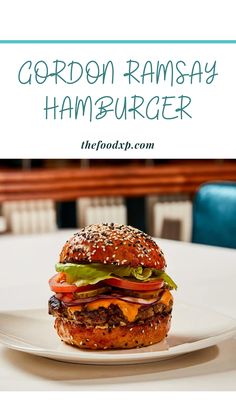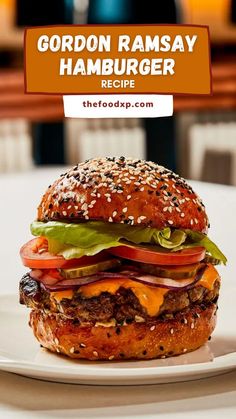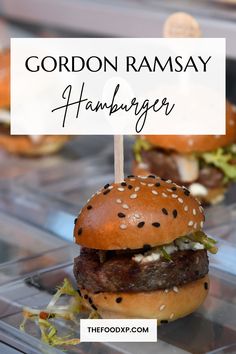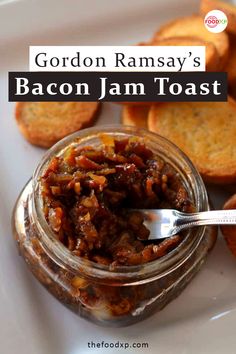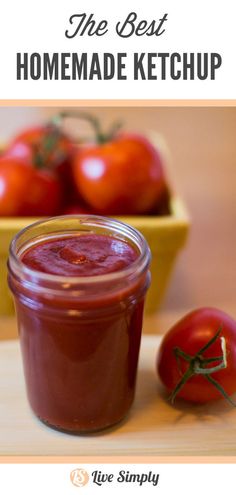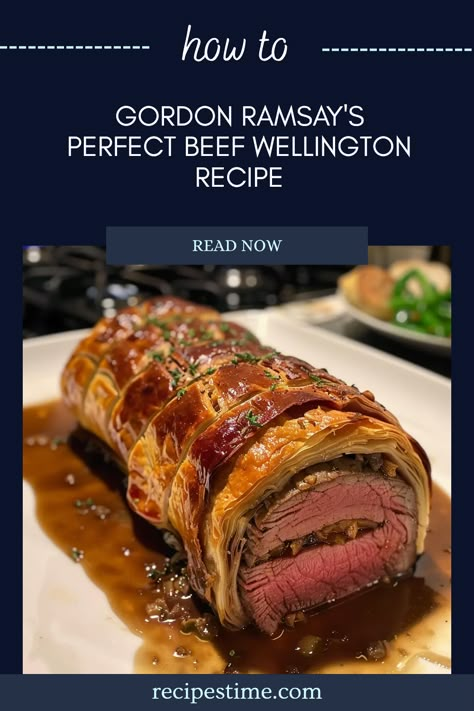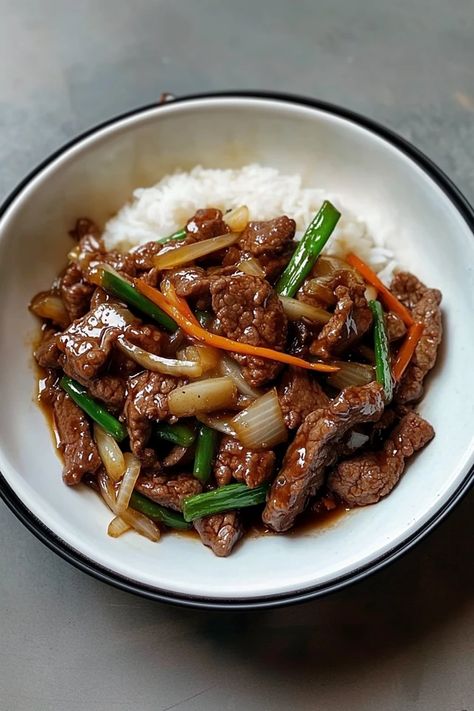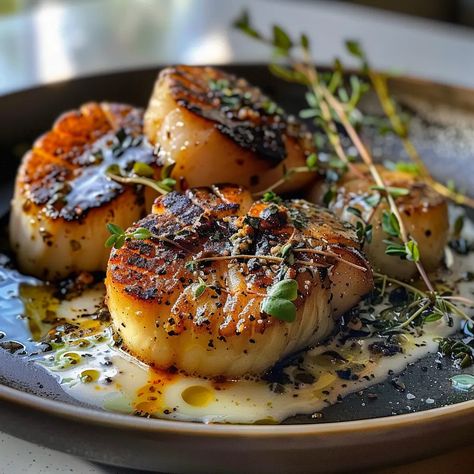4.8M views · 2.1K comments | Cooking Basics With Gordon Ramsay | Here are some basic skills that everyone should know ! From using knives to cutting onions. | By Gordon Ramsay | First up, how to keep your knife sharp. It's far harder working in the kitchen with a blunt knife than it is with a sharp knife. The secret behind keeping a sharp knife, sharpen it before and every time you use it. First, grip the steel. Feel really comfortable about holding a steel. Imagine you're holding a tennis racket or you're playing squash. You've gotta be really comfortable with it. Now, forty-five degrees, confident grip, confident grip with the knife. This is the butt of the steel. Really important to keep your fingers behind that. You never grip a steel with your fingers over that cuz the knife comes back in, you've just lost a finger. Always grip behind. Nice, long strokes so we get the whole of the blade over steel and we start from the bottom to the top. So, there, across, there, across. Close strokes over the top of the steel and then come back underneath. Then back underneath. It is so dangerous working in the kitchen with a blunt knife. You can cause so much damage. Working with a sharp knife is ten times quicker, more efficient. Now, that's ready to start chopping. To stop your chopping board rocking or slipping, a great tip is to simply wet a kitchen cloth, kitchen paper, or tea towel and place it underneath. Now, you can chop with confidence. My next top tip is get the most out of your humble veg peeler. It's brilliant for slicing ultra thin ribbons of veg perfect for Asian dishes. Great for making long, delicate parmesan shavings to top soups and salads. It also makes wonderful chocolate curls. Your pepper mill is more versatile than you might think. Tighten the top screw to get finely ground pepper. Ideal for soups and sauces. For general seasoning, you want it medium ground. So set the screw in the middle. And loosen it right off for coarse pepper. Perfect for steaks and fish. Chicken stock. The vital ingredient to good cooking. It transforms sauces. It's a fantastic base for soups and more importantly, it's so easy to do. A little bit of love and care at the beginning and it cooks itself. Right. Step one, chicken carcass into a high-sided pan. An onion. Doesn't need to be finely chopped. The vegetables flavor the stock. Onion in. Then from there, cut your leek into nice, big, solid chunks. Roughly, same size as the onion. So the vegetables cook at the same time. And then add carrots. Celery in, garlic, and then a nice sprig of thyme. That helps to really give depth of flavor to the chicken stock. Couple of Baileys, and some fresh parsley. And then peppercorns. Pan and just lightly crush them. And a little pinch of salt. And now just cover the vegetables and the carcass with cold water. Just cover the chicken and the vegetables. Bring it up to the bowl as quick as you can. Now, as it comes into the boil, a really nice skin. Take the base of the ladle and swirl that around. That pushes all the grease and the impurities to the side of the pan. Then, get your ladel and just tilt it. If you don't skim all that off, the stock becomes very cloudy. People's impression of cooking stock then it needs to cook for three, 4 hours at a time. This is one chicken carcass. Let that boil away gently for thirty to 40 minutes maximum. Now, we're gonna pass it off. Take a sip, place that over the pan, and then just pour that in. It smells amazing. It's aromatic. The color is absolutely beautiful and there you have the most amazing stock. When you need to season meat in flour, a great tip is to place it in a plastic bag to dust it evenly. Using flour also helps the sauce to get nice and thick during cooking. When browning meat, fry in small batches. Don't crowd the pan otherwise it won't sear or color properly. When slow roasting meat, line the bottom of the roasting tray with chunky vegetables like onions, fennel, and carrots. They act as a trivet to keep the meat from boiling in its own juices. Plus, the veg can be the base for your gravy later on. After slow cooking, baked on residue can be tough to remove but if you boil water in the pan, it will dissolve and break down. Then simply pour out and wash with soap and water. How to chop an onion? This is the root. That's absolutely crucial. Leave that on there. If you cut that off, the onion will start to bleed and you'll start crying rapidly. Slice, go forward. Let the weight of the knife do the work. Three fingers, one in front, two behind, and this part of the knuckle is gonna guide the knife. Fingers on top of the onion, point the knife towards the root and try to get as close to the root as possible. Nice, long, stroked. And then push the onion back together. Push the knife halfway into the onion. Slightly tilt the knife down. One at the top, and then gripping the onion like a tennis ball, holding it together in place. With the weight of the blade to cut through that onion to get to the base of the root. Again, turn it around. Up and down motion. And that's what we left there. No waste, just the root. And look, you've got a really nice finely chopped onion. So much great cooking depends on starting with a high enough heat. If a recipe calls for a hot pan, put it on early so it gets smoking hot and always remember to preheat your oven at least 20 minutes before cooking. A clean cook is an efficient cook. My tip for a tidy cooking area is always have a waste bowl next to you. It saves you going back and forth to the bin. Never add salt to eggs before cooking them because it ruins the texture and dulls the color. Instead, save your seasoning to the very end. The key to cooking meat is to make sure it's at room temperature before you begin. Cook straight from the fridge, the muscle fibers will be tight which results in tough meat and always let it rest afterwards. So it relaxes becoming tender and juicy. How to cook duck breast perfectly the slow way. Duck breast, never be scared about cooking this bird. Absolutely delicious, very healthy. First, oven on. 200° and then salt and pepper. Now, the salt will help extract the water out of the fat. One stick pan, no oil but start the duck breast in the pan cold. Skin side down, it feels and sounds a little bit weird. But as we put them into a cold pan and turn the heat up gradually, it starts to release the fat. If you put them into a hot pan, it seals them in and the fat stays in there. We want to render that fat down. 90% of that duck breast will be cooked on its skin. Keeps the duck nice and moist but more importantly, it stays crispy. Once the fat comes out, turn the duck over. Nice, high, hot heat. Seal the duck now they're going in the oven skin side down 206 to 8 minutes if your pan's got a plastic handle on it then transfer the duck breast onto a tray but make sure you put the tray into the oven to get hot first Cooking duck is like cooking a piece of beef and you can't slice it piping hard. All the goodness runs out. Just quickly turn it over. Push your fingers in there and it's slightly resistant but still quite bouncy. And that confirms they're quite pink in the center. But the important part now is leaving that to rest. Let them cool down and then we'll slice them. That excess duck fats and there you go. Next time you start taking potatoes, you just take them to a completely different level. Now, slice in the duck, just slice it at an angle. Not too thin. If you slice it thinly, it goes cold quickly so nice, thick slices. Nice crispy skin on top and a beautiful plump, roasted, duck. All the white fat gone. Nice crispy skin. Absolutely delicious. Another slow cooking tip is, when slow cooking stews and casseroles, fat will rise to the surface. To get rid of any excess oils, my tip is to remove them with kitchen paper before serving. This also works brilliantly on gravies and sauces. Many great slow-cooked dishes start by browning the meat. As the meat cooks, lots of flavors get stuck to the pan. To get it into your sauce, deglaze with wine, stock, or vinegar. Never add soft herbs at the beginning of slow cooking. They're all too delicate. The tip is to add them at the end for that hill of fresh flavor and vibrant color. A great tip when frying fish is to always fried skin side down to keep it crispy. And always lay the fitters away from you when adding to the pan to prevent hot oil from splashing towards you.
We think you’ll love these





